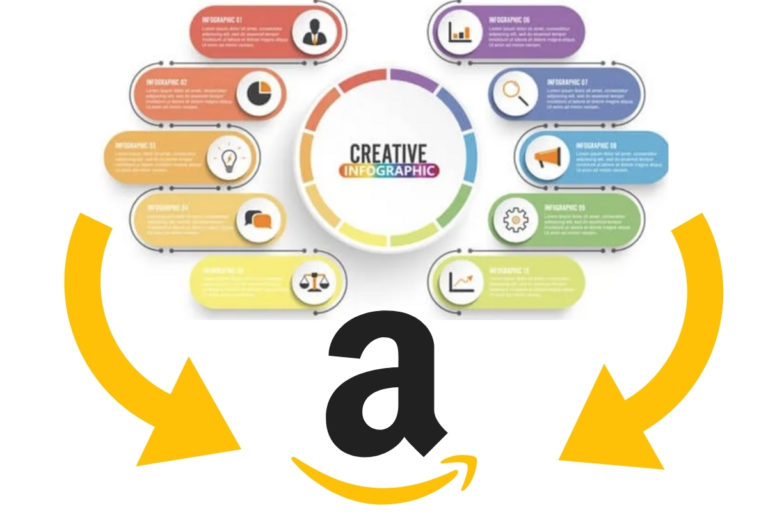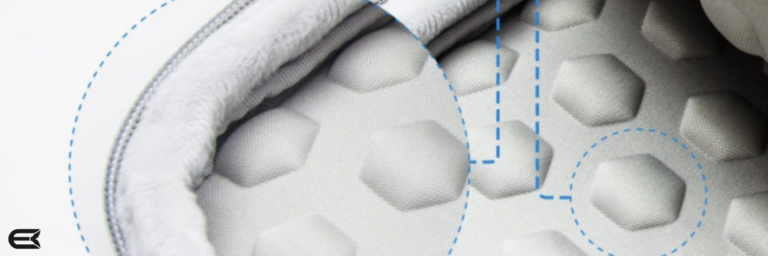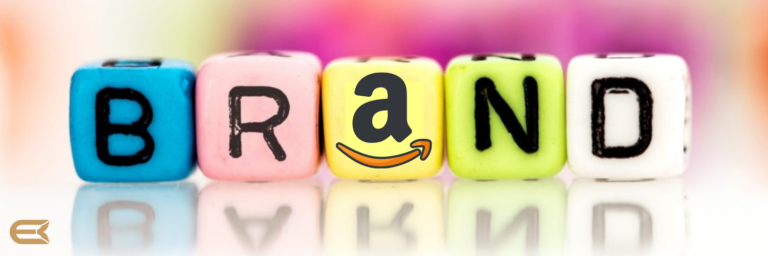Designing Amazing Amazon Infographics
We shop with our eyes so Amazon sellers need not only to describe their products, they must also draw the attention of passing traffic. This is where the Amazon infographic makes its mark.
Listing images form an essential part of attracting buyers, and carefully designed Amazon infographics will give your listing the edge. In the hustle and bustle of everyday life few people have the patience to read detailed listings. Busy people are easily distracted so your listing must have hook if it is to grab their attention.

Since 2012, creative sellers have had the tools to create eye catching,
beautiful listings. These come in the form of Amazon Infographics.
Now there is no excuse for boring uninteresting listings.
Infographics cleverly combines data
into a graphic presentation all tidily packaged together
to attract would-be buyers.
The objective is to present shoppers with simple understandable information
so that they are quickly able to make a decision informed by the necessary data.
The infographic visually presents the information
in a manner that is easy to understand.
You can use a range of approaches in creating infographics.
These include:
🚀 Zoom-in
🚀 Features
🚀 Dimensions
🚀 Icon
🚀 “package includes” infographics
To design beautiful infographics, you do need some knowledge and creative flair.
This article will take you through tricks
and tips on creative designs using Amazon infographics.
It all Starts with a Plan

Before you start to think about what image you want to portray,
and what story you intend to tell with your infographic.
Your infographic should portray the best summary of your product.
In drawing it up consider how your customers would order any questions
they might have about your product and then sequence your infographic accordingly.
To give you some direction, you’ll need to find the answers to some fundamental questions like those that follow:
🚀 What is your ultimate aim? Creating infographics for the sake of it
makes no sense. You must work out how it will attract an audience
and convert that audience to sales.
That, after all, is the ultimate aim.
🚀 Who are you targeting? Unless you know your target audience,
you can’t begin to put together the information.
For example, if you plan to sell portable fitness gear,
your target audience would be active people in the age group ⇓
20
To
40
This demographic is typically very busy with work or studies
so their lifestyle requirements should dictate your infographic.
You may want to tell them that they can use the equipment inside
or outside, at work or at home.
To them this means that they
don’t have to find time in their busy day to go to the gym.
🚀 How can you convert the shopping experience
into a brick and mortar shop for your audience?
The best way to do this is to experience your product
as a buyer. Think about what you would ask
if you saw the product for the first time.
Find the answers to all the questions that you may have about the product
and then portray them on the infographic.
The information may include such items as dimensions, materials etc.
Infographics Design
🚀 The Content – draw attention to your infographic with
an appealing feature heading. Find something that will evoke positive emotions
in your audience. Your space is limited so make it bold and simple,
conveying the essential information.
Use the template below to design a captivating infographic:
- What is the compelling element?
- What product characteristics makes it compelling?
- What problem will it resolve?

🚀 Pictures and Background – make sure that any photos of your product
are top quality. This will make a big difference to the appearance
of your infographic. Choose an appropriate background that helps to
highlight the best features of your product. Make sure that users
can zoom in and see all the features
🚀 Finding the Right Icons – the icons that you choose should have
a clear meaning and attract attention. You can make sure that your icons make sense
to everyone by creating your own icon using software such as
Adobe Illustrator and then adding suitable text.
For example, while most people understand that the rabbit icon means “cruelty free”,
you could add the words to your icon to assist those who don’t.
Clear icons are easy to understand and they help to grow the trust of your audience.
🚀 Keep it Symmetrical – Balance is everything. Make sure that your images
are evenly spread across the page. Don’t pack too much on one side,
leaving the other blank. It’s best to ensure a distance of 20 pixels
between elements on the page and the same between the elements
and the edge. You can check balance by placing a 3×3 grid over your page
and ensure that each block is balanced.
🚀 Testing Fonts – Choose a suitable font for your brand message
and your product category. The font that you choose will convey a message
of its own. Script fonts, for example look like handwriting. They are therefore
personalized and more suitable for items like perfume or jewelry. San serif fonts are simple
and easy to read. They portray contemporary minimalism
and should match well with simple, modern products.

🚀 Selecting Colours – Before you choose your colours make a mood board,
including all the colours that accurately portray your product.
The colours should include neutral tones and any colours included in your logo or packaging.
The idea is to convey a cohesive message that doesn’t confuse the audience.
Many eco-friendly products, for example,
tend to use earthy colours like browns, beiges and greens.
Don’t bow to the temptation of including too many colours.
Use your chosen colours to lead you in the choice of font, background
and pictures. When you have finished, step back
and take a critical view of your board. Ensure that every part of it
conveys elegance and simplicity.
>PRO TIP: You don’t have to be a pro designer to create amazing
infographics. Canva is a great tool for this type of creative work.
If, however, You’re lacking in creativity, give us a call and get inspired.
Book a free consultation here – no commitment
Emilie Margin
November 17th 2020

